Driving at night can be a daunting task, with reduced visibility and increased risk of accidents. However, with advancements in automotive technology, integrating thermal night vision in smart vehicles is emerging as a game-changer for safer driving. This blog will explore how thermal night vision systems can enhance visibility and reaction times, ultimately contributing to a safer driving experience.
Understanding Thermal Night Vision Technology
Thermal night vision technology uses infrared radiation to detect heat signatures, allowing drivers to see in complete darkness or through adverse weather conditions. Unlike traditional night vision systems that amplify available light, thermal imaging provides a clear picture regardless of light conditions.
Night-time Driving Challenges
Statistics show that night-time driving accounts for a significant percentage of accidents. Factors such as fog, rain, and darkness can severely limit visibility, leading to increased risks. Thermal night vision systems address these challenges by providing a clear view of the road ahead.
Benefits of Integrating Thermal Night Vision in Vehicles
Integrating thermal night vision in vehicles offers several benefits:
- Improved Detection:Systems like the ThermalMaster NV300 MAX can detect pedestrians, cyclists, and animals up to 300 meters away, providing ample warning to drivers.
- Enhanced Visibility:Thermal imaging penetrates through fog, rain, and darkness, ensuring clear visibility in all conditions.
- Increased Reaction Time:With faster detection and alert systems, drivers have more time to react to potential hazards.
Case Study: ThermalMaster NV300 MAX
The ThermalMaster NV300 MAX is a prime example of thermal night vision technology. It features an AI Collision Warning system and Shutterless Technology for zero-lag performance. This device is designed to provide clear images in every scenario, from national highways to rural roads.
How Thermal Night Vision Systems Work
Thermal night vision systems work by detecting heat signatures and converting them into detailed images. AI algorithms are used to identify objects and provide real-time alerts. These systems can sense potential dangers within seconds and issue warnings almost instantly.
Eco-friendly and Safety Features
Thermal night vision systems are not only about safety but also about being eco-friendly. They consume less power than traditional systems, reducing fuel waste and contributing to greener driving.
Installation and Compatibility
The NV300 MAX is designed for easy installation and is compatible with various vehicle power systems. This ensures a seamless integration process for drivers.
Future of Thermal Night Vision in Smart Vehicles
As technology advances, we can expect thermal night vision systems to become more integrated with other smart vehicle technologies. This will lead to even greater safety and convenience for drivers.
Incorporating thermal night vision in smart vehicles is a significant step towards safer driving. By improving visibility and reaction times, these systems can help reduce the risk of accidents. Vehicle manufacturers and consumers should consider this technology for its potential to save lives.
FAQ Section:
Q: Can thermal night vision systems see through fog and rain?
A: Yes, thermal night vision systems can penetrate through fog, rain, and darkness, providing clear visibility.
Q: How far can these systems detect objects?
A: Systems like the NV300 MAX can detect objects up to 300 meters away.
Q: Is thermal night vision technology expensive?
A: While the upfront cost may be higher, the safety benefits can outweigh the initial investment.
Explore more about thermal night vision technology and how it can enhance your driving safety. Visit ThermalMaster NV300 MAX product page for detailed information.


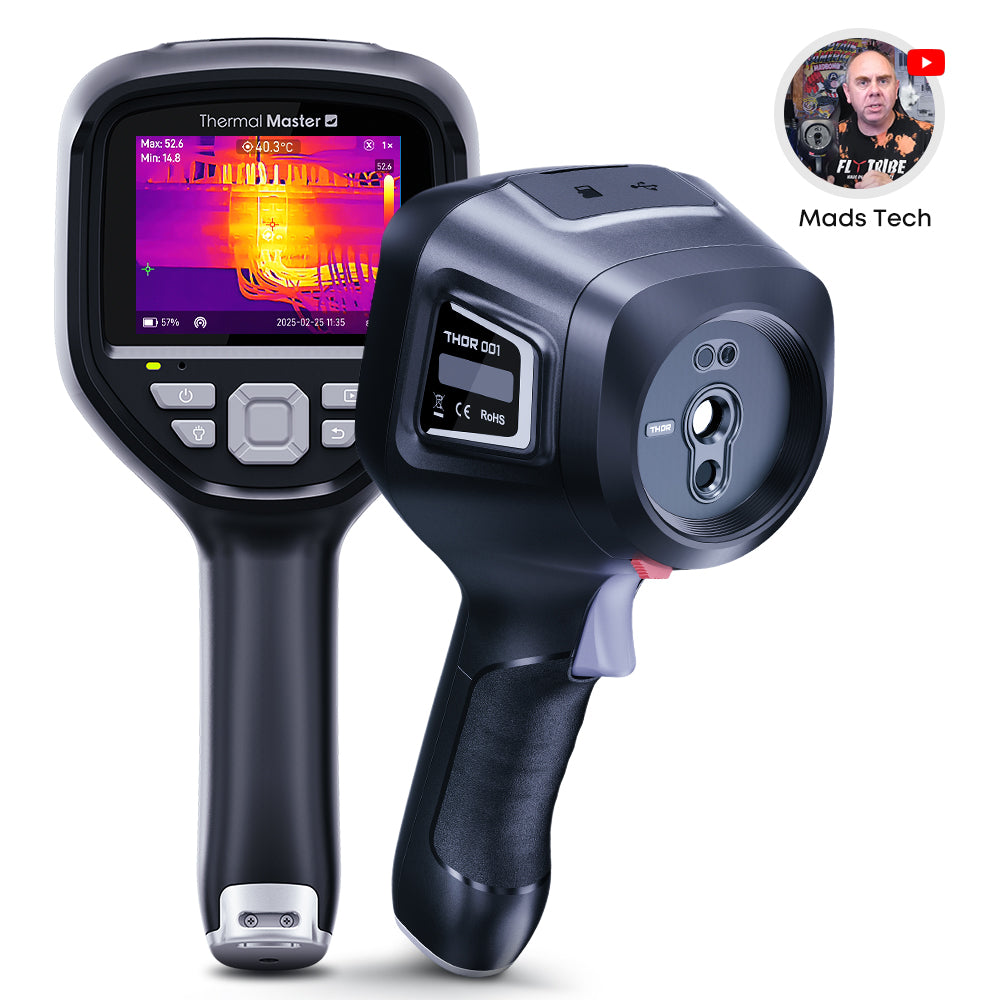

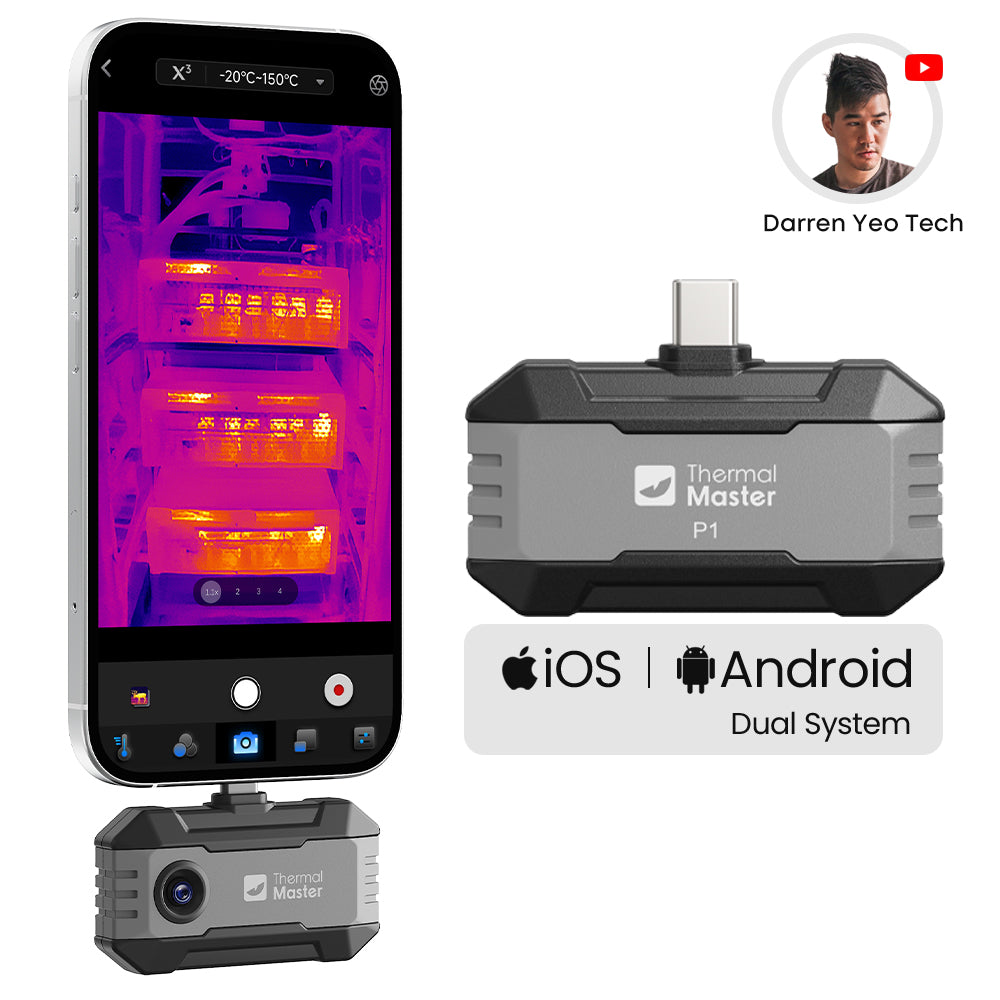
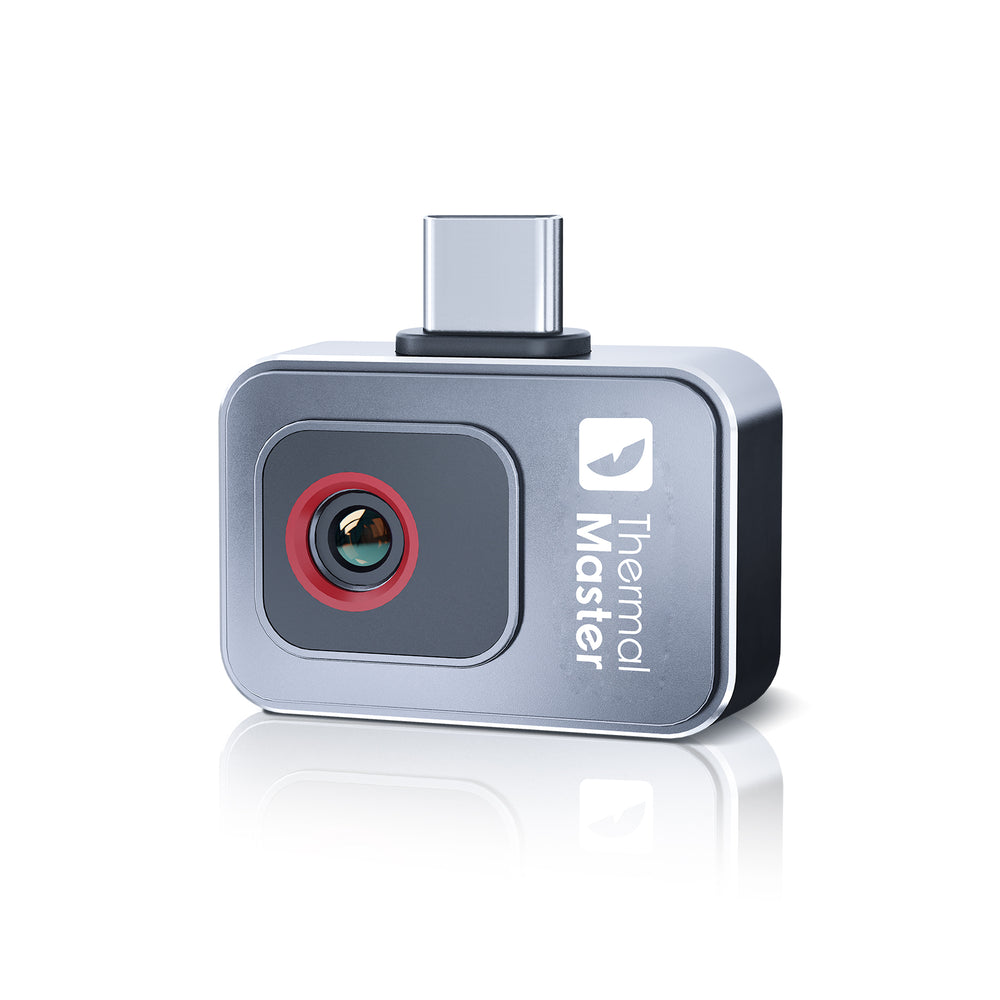
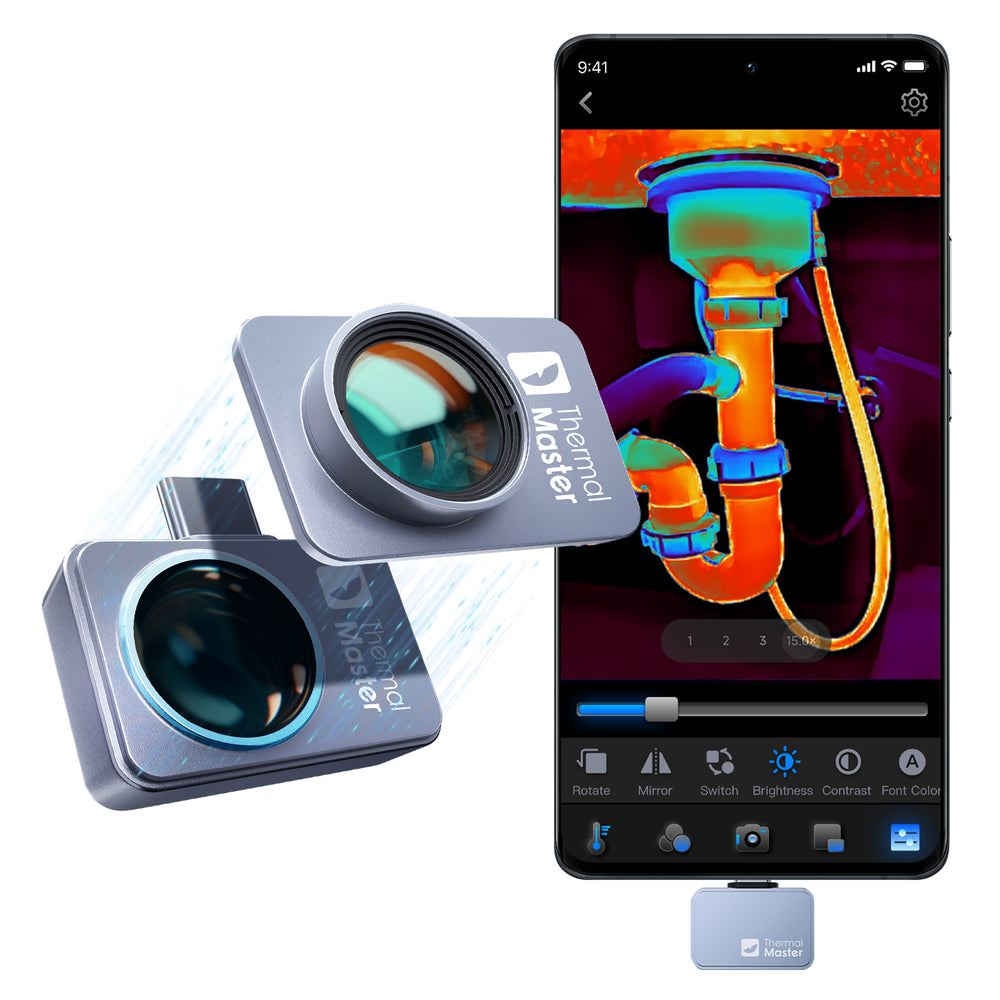
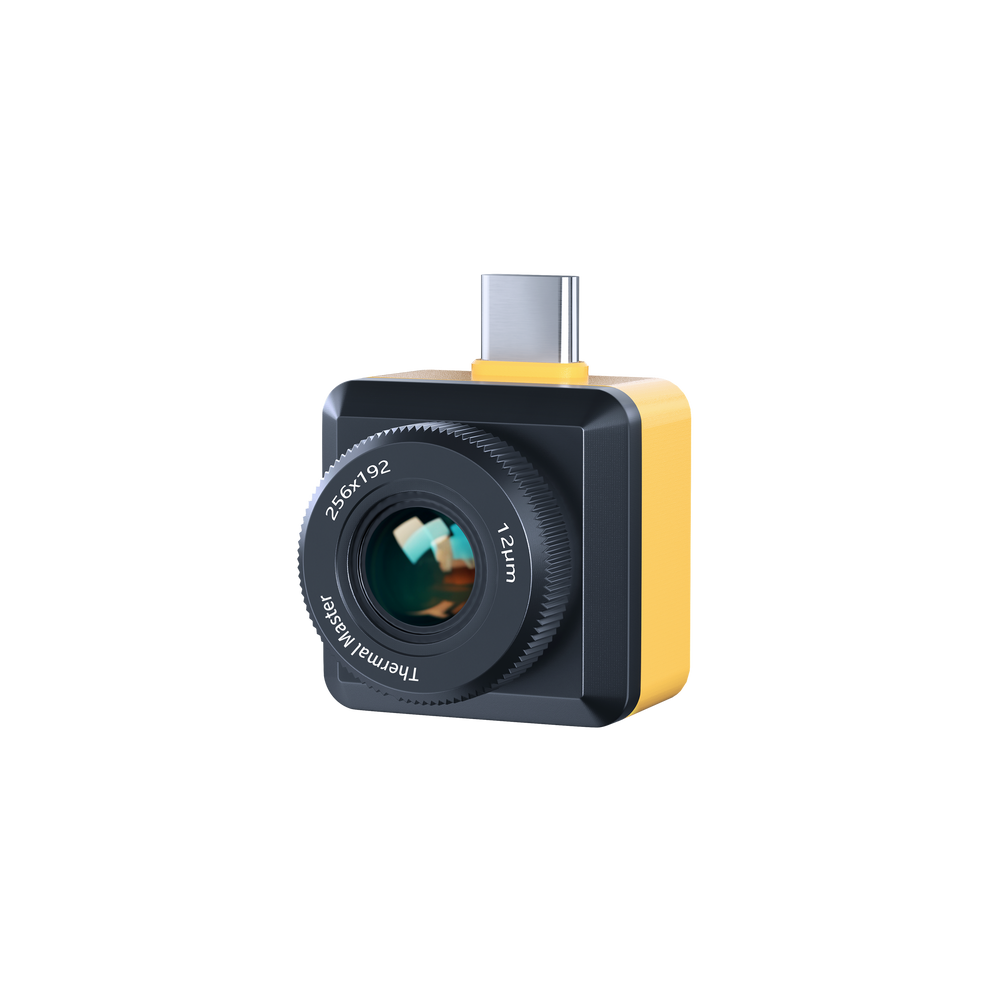
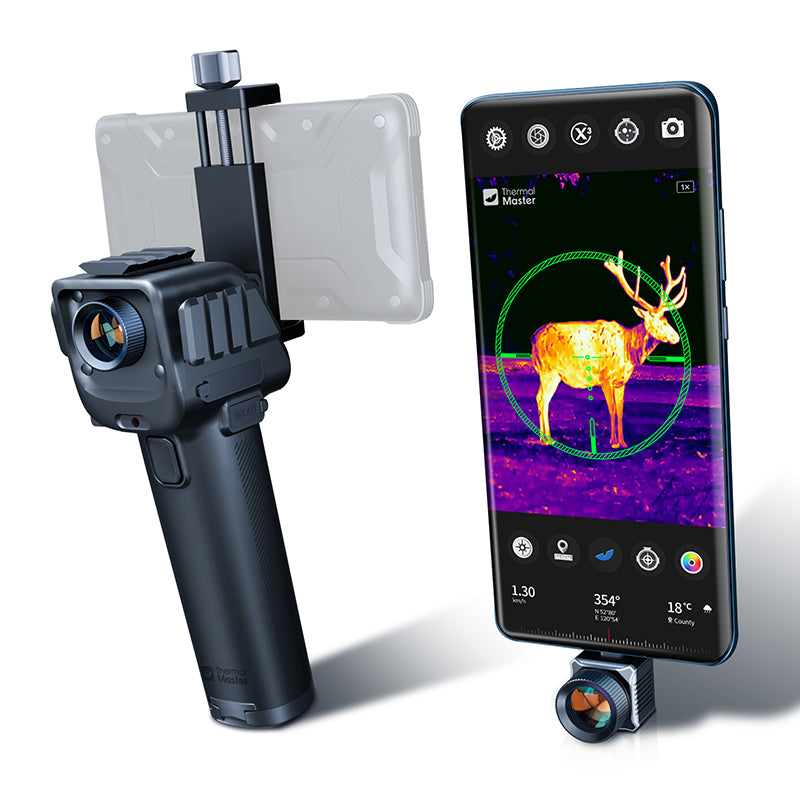
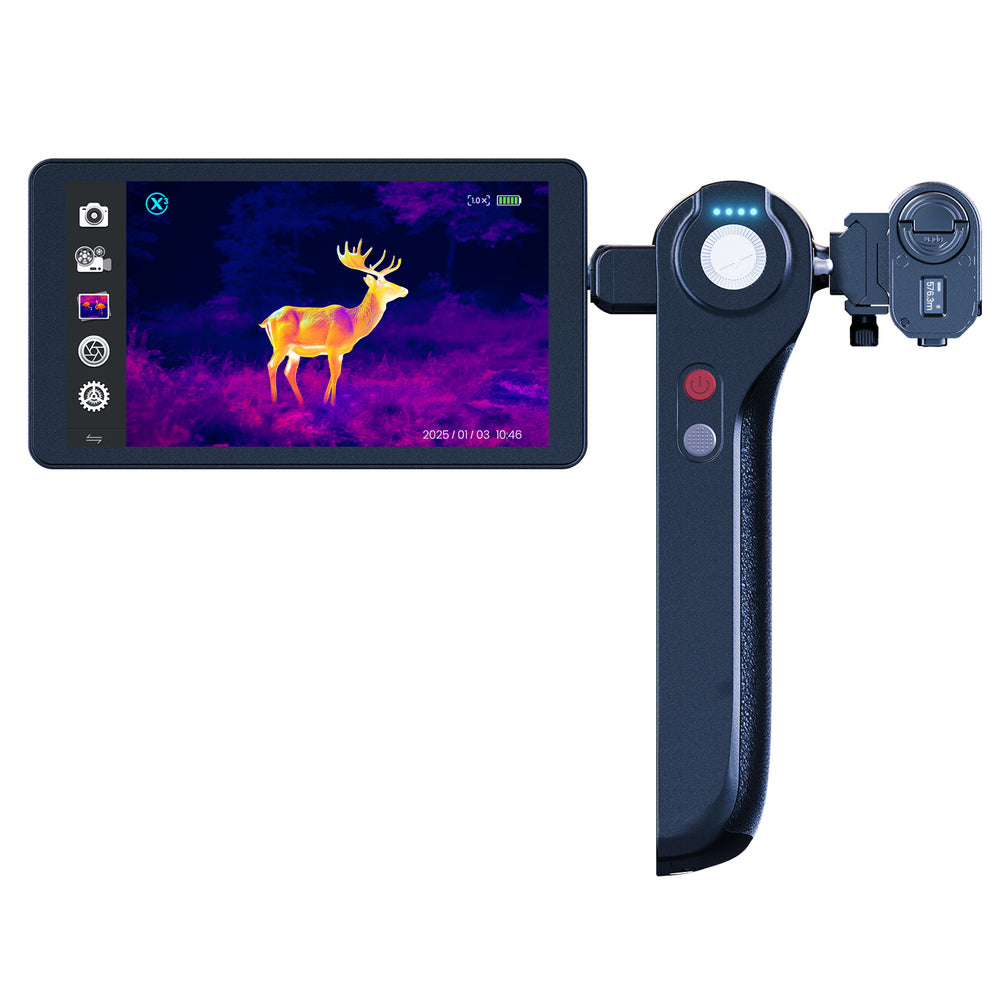
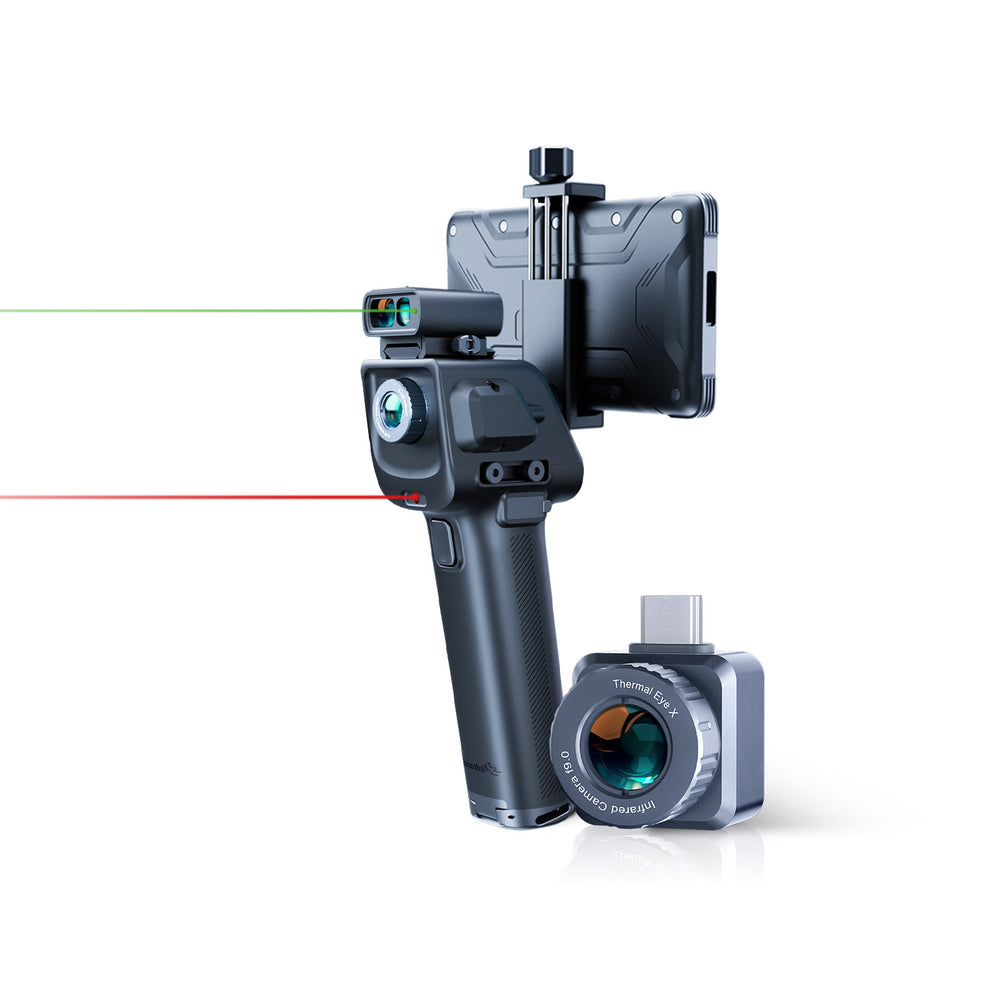
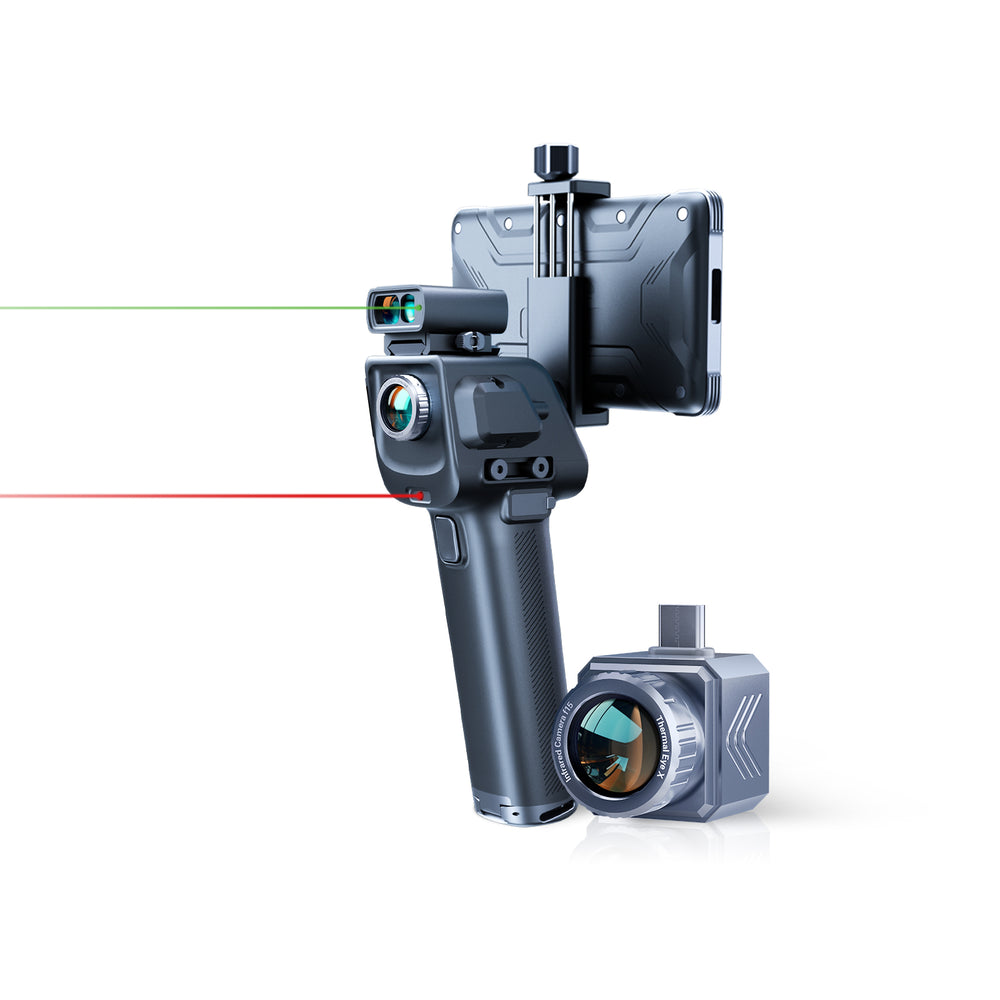
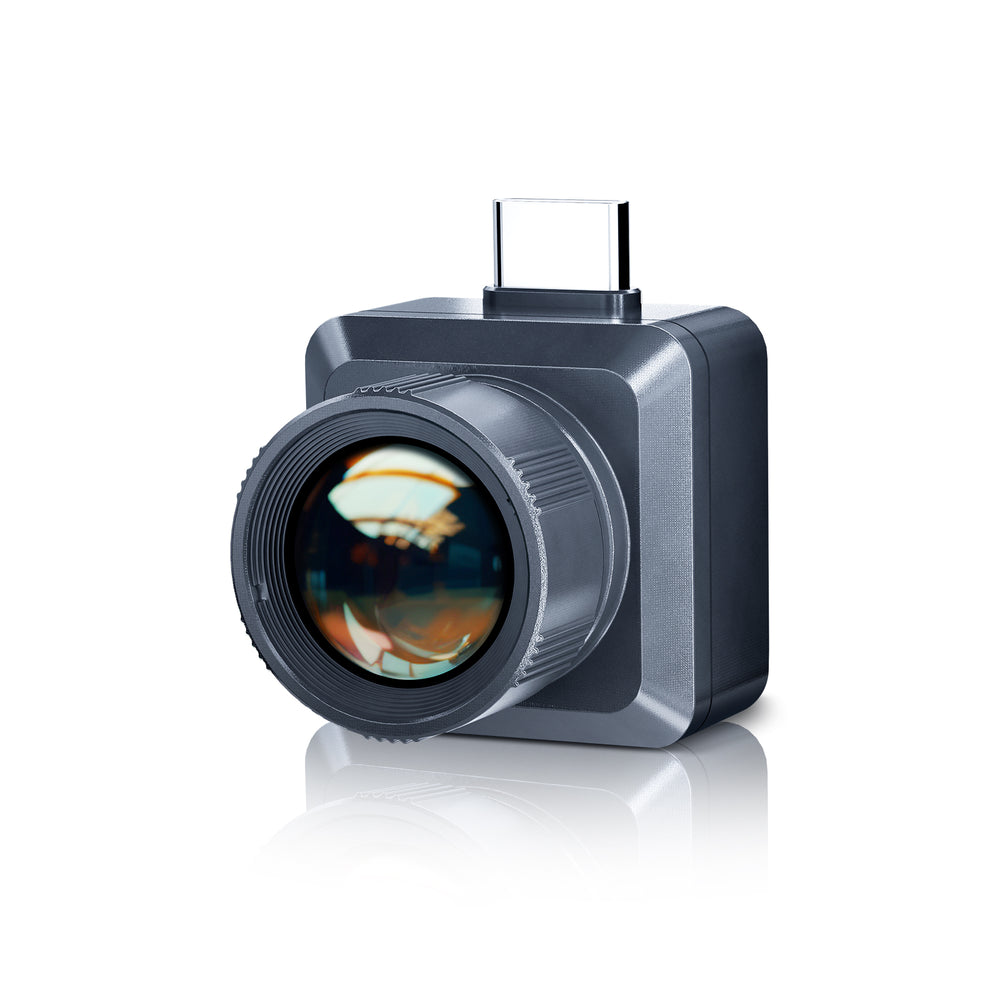
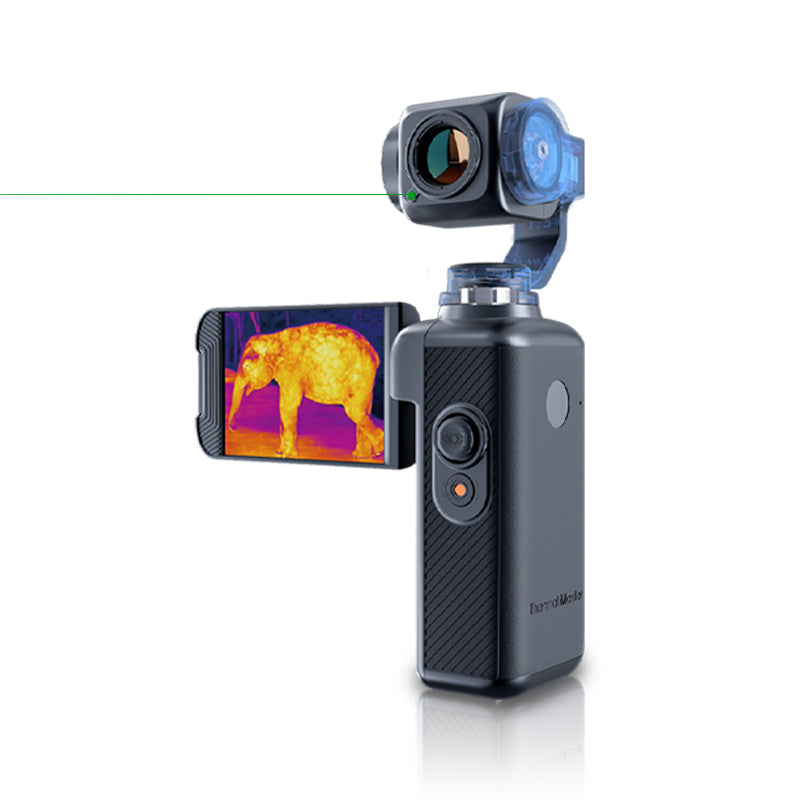
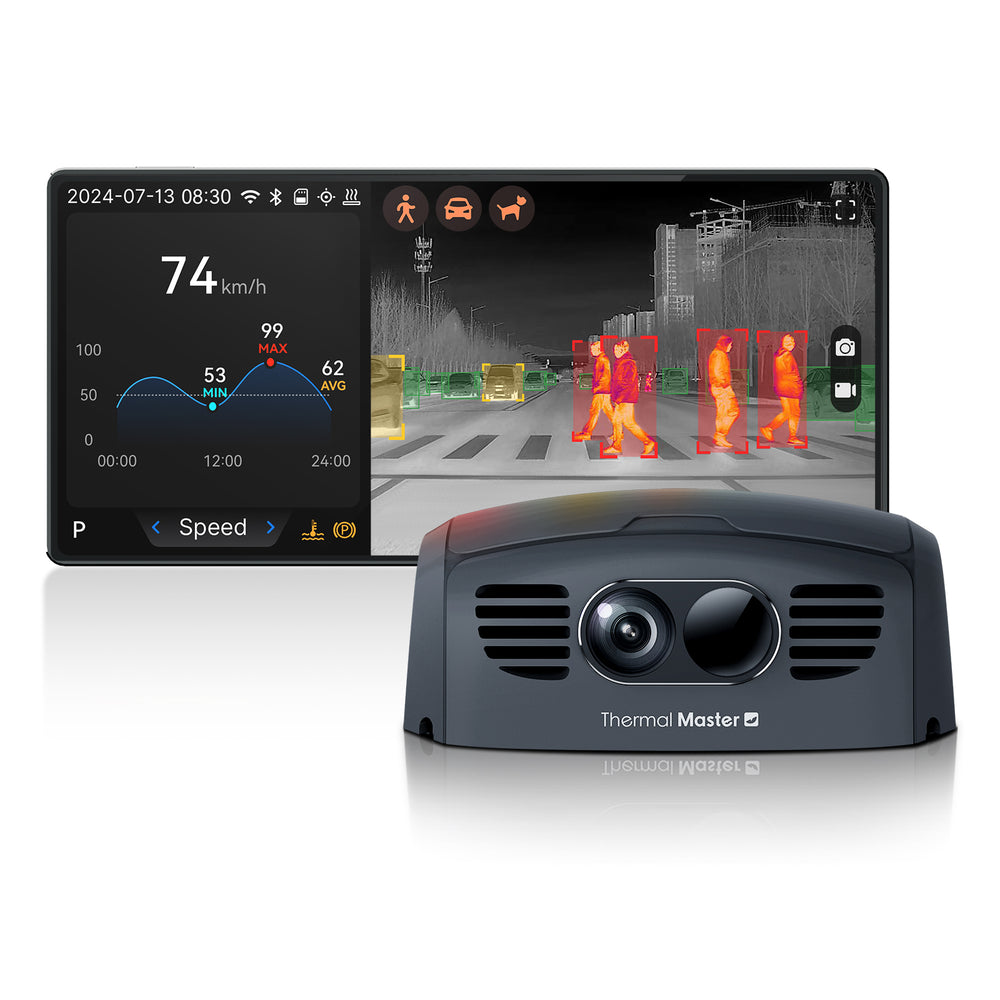
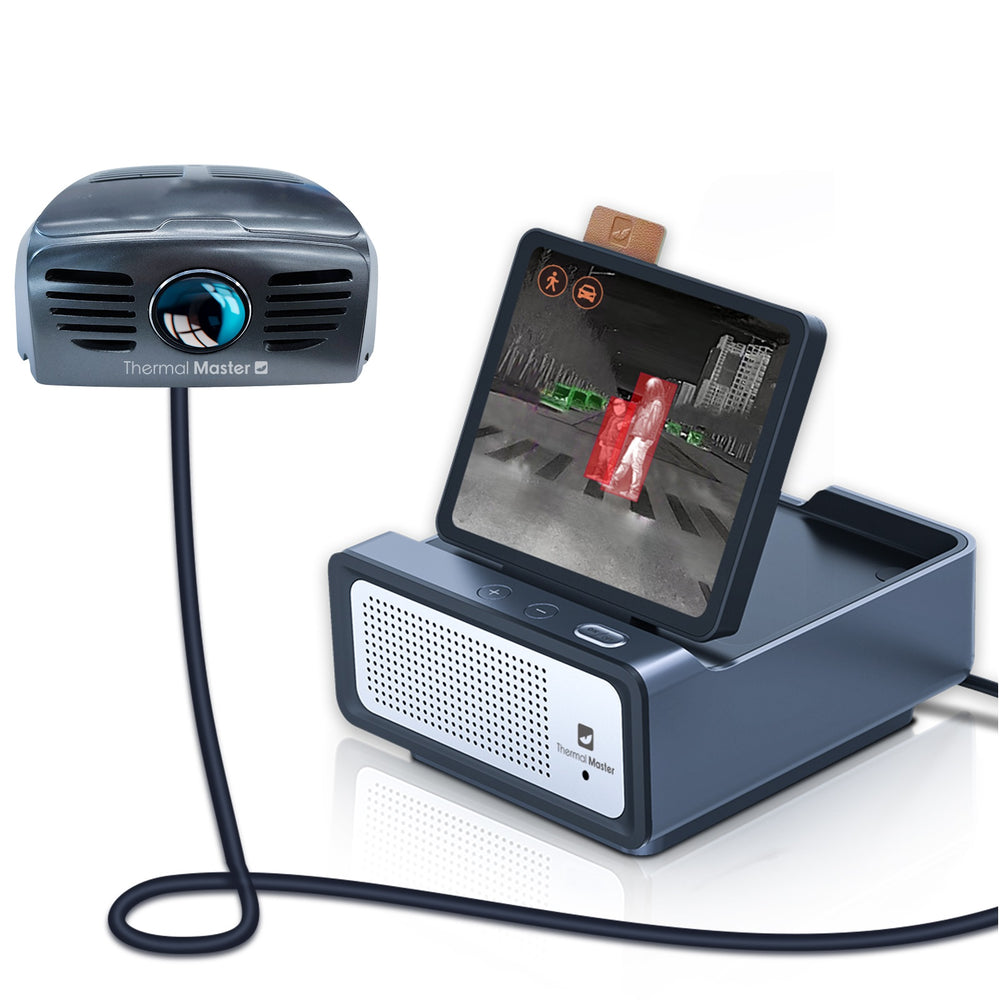
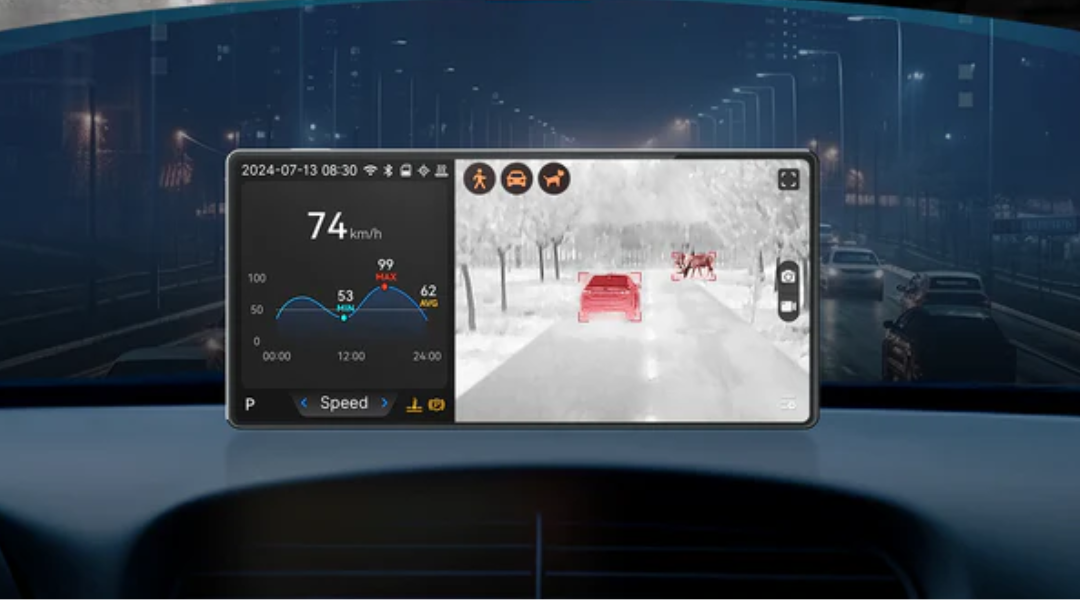
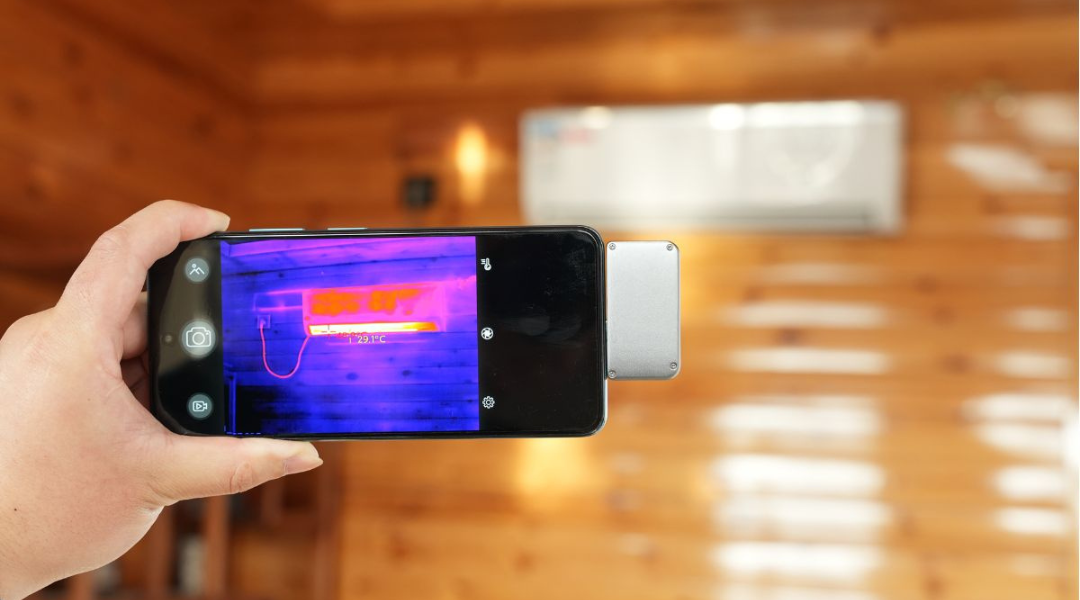
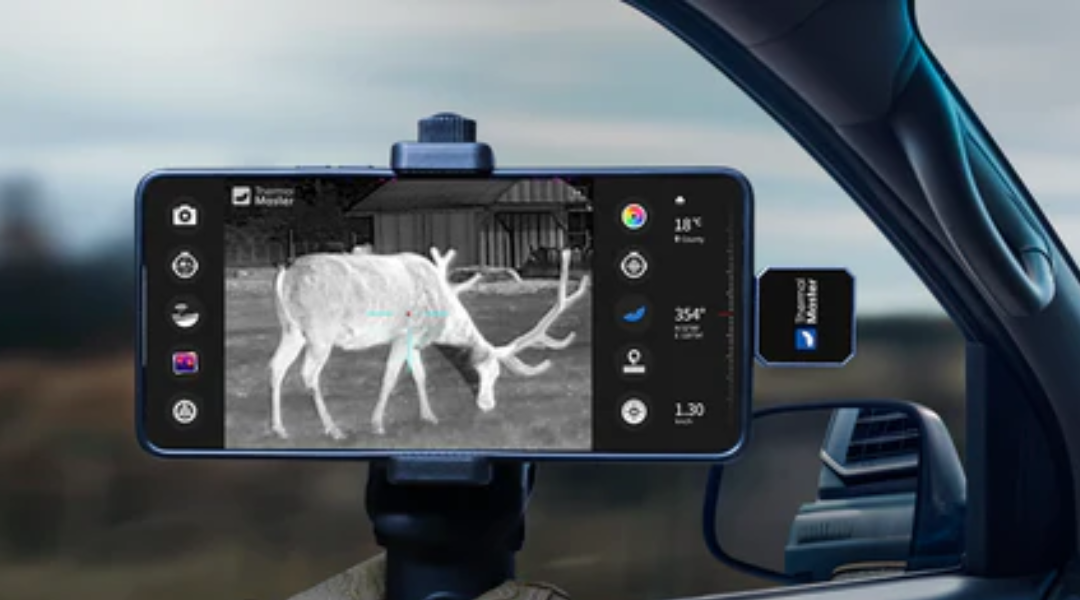
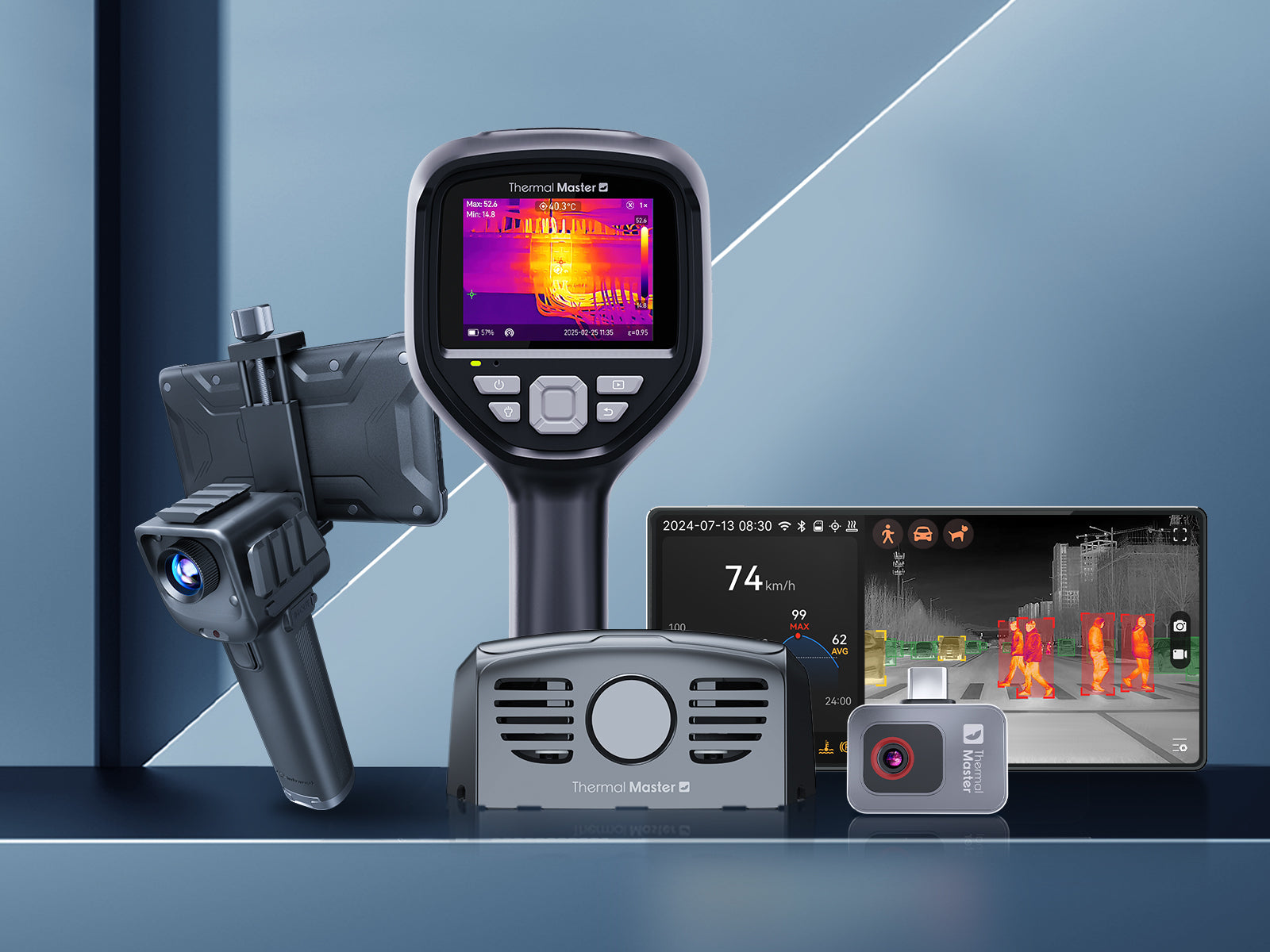
Leave a comment
All comments are moderated before being published.
This site is protected by hCaptcha and the hCaptcha Privacy Policy and Terms of Service apply.